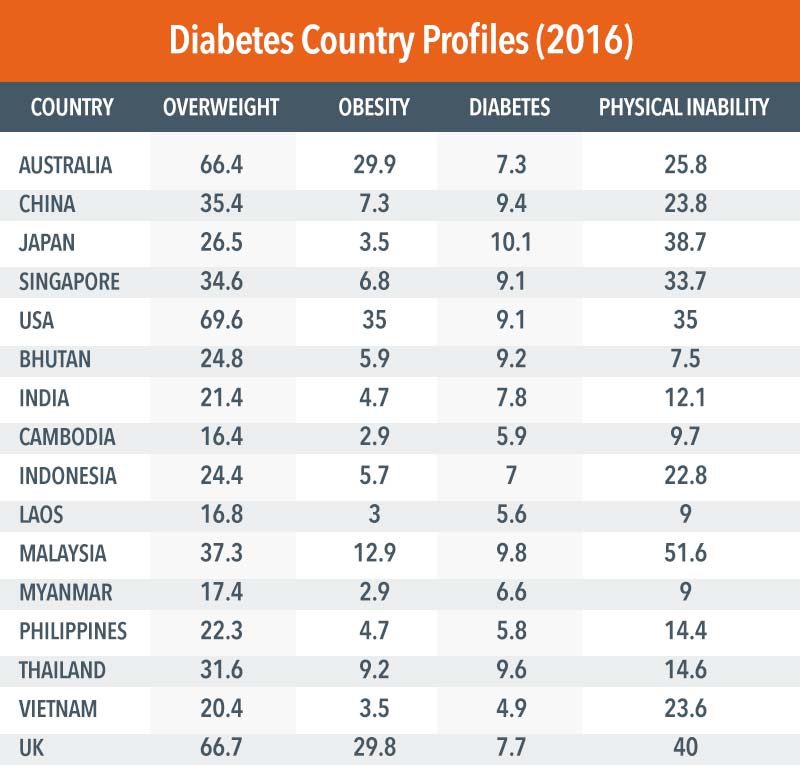SUMMARY
This is AI generated summarization, which may have errors. For context, always refer to the full article.
 Despite nearly four years living in the Philippines, my palate never quite grew accustomed to what seemed to me to be sugar-filled spaghetti sauce. But my taste buds’ passion for halo-halo and whatever else might be on my merienda menu is another matter.
Despite nearly four years living in the Philippines, my palate never quite grew accustomed to what seemed to me to be sugar-filled spaghetti sauce. But my taste buds’ passion for halo-halo and whatever else might be on my merienda menu is another matter.
These and other daily food choices have consequences, and came to mind during a recent trip to New York. There, as in Manila, fast food restaurants were easy to find, offering up relatively inexpensive, calorie-filled meals.
Health, however, was on the agenda at the annual Faster Cures conference that brought me to Manhattan.
More than 10,000 known diseases affect our world, and yet there are viable treatments for only 500 of them. With that sobering fact, hundreds of patient advocates, researchers, investors, and policymakers had gathered in New York with a clear focus. They were working to save lives by speeding up and improving the U.S. medical research system.
The shared purpose of the conference attendees is critical also to the Philippines and the rest of Asia – to foster the collaboration needed to speed medical progress and improve health outcomes. The non-profit organization Faster Cures is a center of the Milken Institute, where I serve as the non-partisan think tank’s first Asia Fellow. Our newest senior fellow focusing on Asia is former Philippine Finance Secretary Cesar Purisima.
Across Asia, including in the Philippines, governments remain vigilant in their focus on infectious diseases such as dengue fever, cholera and malaria as well as emerging threats like the Zika virus. Yet, collaboration and commitment are also necessary in the face of a growing, “non-infectious” threat to the region’s health and well-being.
‘Lifestyle diseases’
That is the rise of so-called “lifestyle diseases.” Diabetes, obesity, high blood pressure and heart disease impact the health of citizens of both developed and developing nations in ever larger numbers. Changing diets and increasingly urbanized and sedentary lives, as in the West, are driving an increase in the prevalence of such non-communicable diseases in Asia.
Asia’s developing nations have reduced mortality rates over the last 30 years as public health experts have focused on infectious disease. Child mortality rates are down. Mothers are surviving childbirth. People are living longer in India and China, representing the vast majority of Asia’s population.
These and other nations, however, must focus too on lifestyle-related health worries. World Health Organization data show dramatic increases in diabetes and heart disease as Asia has grown richer. Even Asia’s poorest nations such as Cambodia, Laos and Bhutan are seeing lifestyle diseases take their toll.
A recent Milken Institute Asia Center report makes clear that poor nutrition and obesity pose a severe public health challenge across large parts of Asia, taxing public health systems and posing significant risks for future generations.

WHO data underscore the challenge. According to a March 2016 report, the number of adults living with diabetes globally has increased to 422 million from 108 million in 1980. The western Pacific region, including China and Japan, now accounts for 131 million of that number.
Diabetes is expected to be the world’s 7th largest killer by 2030 if present trends continue without interventions.
While 60 percent of US, British and even Australian adults are now classified as overweight, developing Asia has some fairly heavy-weight concerns of its own. In Southeast Asia, Malaysia leads with some 37% deemed overweight. Thailand follows with some 31.6%, according to the WHO. Some 24.4 percent of Indonesians are deemed overweight. Japan, Malaysia and Thailand have also now surpassed the United States when it comes to the percentage suffering from diabetes.
In the Philippines, 22.3% are overweight, and 5.8% suffer from diabetes, according to the WHO. These numbers are likely to increase over time as the nation follows the path of the rest of Southeast Asia.
Challenge to businesses
Governments, business, aid agencies and development banks – including the Manila-headquartered Asian Development Bank – have helped reduce the spread of infectious diseases by addressing Asia’s infrastructure shortcomings. Now, all sectors also must partner to address the growing lifestyle disease challenge.
Public health education will play a critical role in helping Asian consumers understand the consequences on their health of changing eating habits and reduced exercise and physical activity. Good nutrition must be made both accessible and understandable.
Businesses in Asia also must take more responsibility for the health consequences of their products and services. Restaurants and food providers voluntarily offering calorie information and smaller portion options will also be to the benefit of responsible businesses, possibly forestalling costly government mandates and labeling requirements.
And where there are new challenges, there are also new opportunities for business including Southeast Asian companies, from fitness centers to producers of diet foods. I know this well through my own work with Equator Pure Nature, a Thailand-based company that has capitalized on Asia’s growing demand for healthier products, such as its Pipper Standard-branded natural detergents, amidst rising allergy and asthma rates and growing concerns about air pollution. Consumers are responding to the message that a healthier environment starts at home.
Among the United Nations’ 17 new “Sustainable Development Goals” is a target of ensuring healthy lives and promoting the well-being for all at all ages. Ultimately, meeting this healthy lifestyle goal of the U.N. 2030 Agenda for Sustainable Development must include cutting through the roadblocks that slow medical progress and improved healthcare results.
As underscored by the most recent Faster Cures conference, impacting health outcomes will require the spurring of cross-sector collaboration, cultivating a culture of innovation and engaging patients as partners in their own care.
Medical research as well as the delivery of healthcare can be complex, inefficient, and underfunded even in the most developed of nations such as the United States or Japan.
Philippine leaders in the public, private and not-for-profit sectors must adopt a more effective response to both infectious and lifestyle diseases. Doing so will contribute to a healthier, and ultimately wealthier, nation. As the Philippines develops, it too must address the lifestyle challenges to growth. – Rappler.com
Curtis S. Chin, a former U.S. Ambassador to the Asian Development Bank, is managing director of advisory firm RiverPeak Group, LLC.
Add a comment
How does this make you feel?
There are no comments yet. Add your comment to start the conversation.